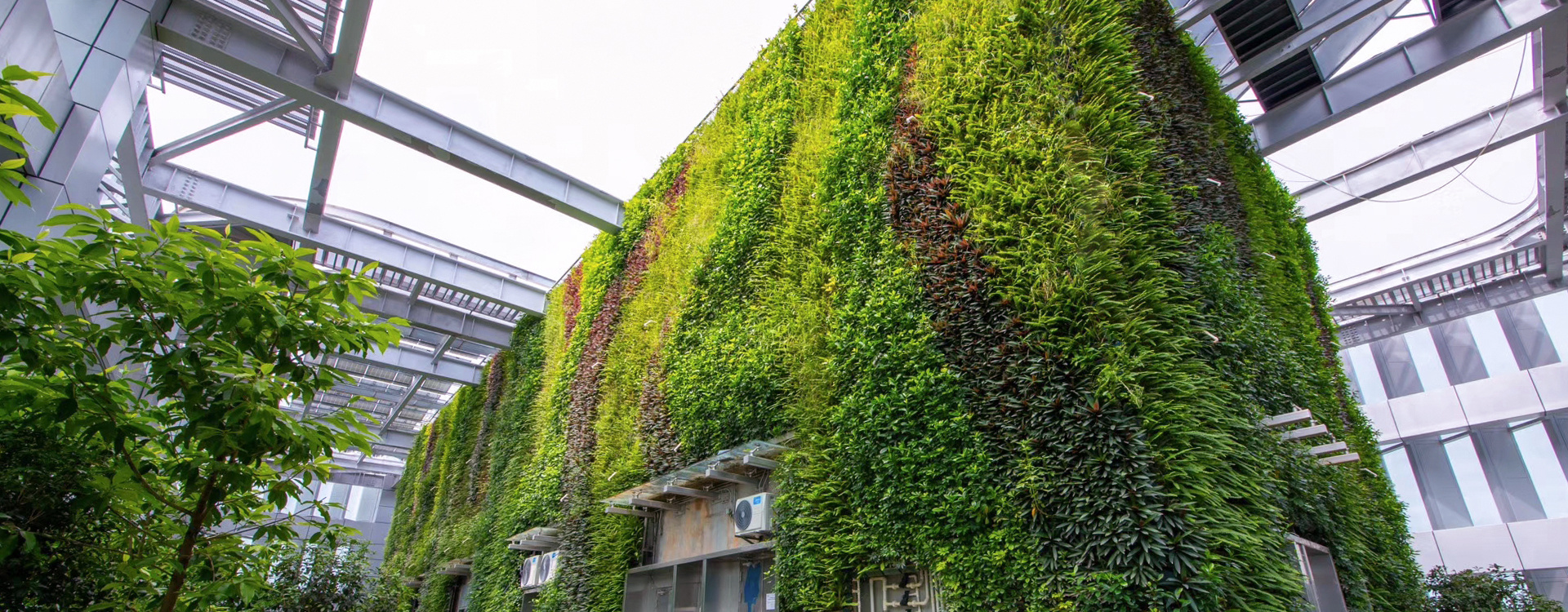Transform Your Space with a Stunning Plant Wall: A Guide to Benefits and Basics
Release time:
2025-05-04 11:20
Creating a plant wall can be a transformative addition to any space, blending aesthetics with numerous practical benefits. A plant wall, also known as a vertical garden, is essentially a living wall where various plants are arranged vertically, either indoors or outdoors. This gardening technique has gained popularity for its ability to maximize space while introducing a touch of nature into urban environments.
One of the primary advantages of a plant wall is its positive impact on air quality. Plants are known to filter toxins and carbon dioxide, producing fresh oxygen as part of their natural processes. By integrating a plant wall into your environment, you can contribute to a healthier atmosphere, which is particularly important in indoor settings where air circulation may be limited.
In addition to improving air quality, plant walls serve as excellent acoustic barriers. By absorbing sound, they can create a quieter and more serene environment, making them an ideal choice for busy offices or homes located in bustling neighborhoods. The presence of greenery can also reduce stress levels, promoting mental well-being and enhancing productivity.
Designing a plant wall involves several considerations. First, choose the right location where the plants will thrive. Adequate light is crucial, so evaluate whether your chosen spot receives sufficient natural sunlight or if you need to integrate artificial lighting solutions. Additionally, consider the climate and humidity levels of the area, as different plants have varying needs.
When selecting plants for your wall, opt for varieties that are well-suited for vertical growth and can tolerate the specific light conditions of your space. Common choices include ferns, succulents, and trailing vines, which are known for their ability to flourish in compact spaces. Mixing different textures and colors can create a visually appealing display, allowing for a unique expression of creativity.
Maintenance is another crucial factor in ensuring the longevity and health of your plant wall. Regular watering, pruning, and monitoring for pests will help maintain the vibrancy of your plants. Consider using a drip irrigation system or self-watering planters to simplify the upkeep process. Additionally, periodically check for dead leaves or signs of disease to keep your plant wall looking its best.
In conclusion, a plant wall is not just a stunning visual feature; it offers a multitude of benefits that enhance both the environment and your personal well-being. By thoughtfully designing and maintaining this vertical garden, you can create a lush, inviting space that fosters relaxation and creativity while showcasing your love for plants. Whether you're an experienced gardener or a novice, the rewards of incorporating a plant wall into your space are well worth the effort.
One of the primary advantages of a plant wall is its positive impact on air quality. Plants are known to filter toxins and carbon dioxide, producing fresh oxygen as part of their natural processes. By integrating a plant wall into your environment, you can contribute to a healthier atmosphere, which is particularly important in indoor settings where air circulation may be limited.
In addition to improving air quality, plant walls serve as excellent acoustic barriers. By absorbing sound, they can create a quieter and more serene environment, making them an ideal choice for busy offices or homes located in bustling neighborhoods. The presence of greenery can also reduce stress levels, promoting mental well-being and enhancing productivity.
Designing a plant wall involves several considerations. First, choose the right location where the plants will thrive. Adequate light is crucial, so evaluate whether your chosen spot receives sufficient natural sunlight or if you need to integrate artificial lighting solutions. Additionally, consider the climate and humidity levels of the area, as different plants have varying needs.
When selecting plants for your wall, opt for varieties that are well-suited for vertical growth and can tolerate the specific light conditions of your space. Common choices include ferns, succulents, and trailing vines, which are known for their ability to flourish in compact spaces. Mixing different textures and colors can create a visually appealing display, allowing for a unique expression of creativity.
Maintenance is another crucial factor in ensuring the longevity and health of your plant wall. Regular watering, pruning, and monitoring for pests will help maintain the vibrancy of your plants. Consider using a drip irrigation system or self-watering planters to simplify the upkeep process. Additionally, periodically check for dead leaves or signs of disease to keep your plant wall looking its best.
In conclusion, a plant wall is not just a stunning visual feature; it offers a multitude of benefits that enhance both the environment and your personal well-being. By thoughtfully designing and maintaining this vertical garden, you can create a lush, inviting space that fosters relaxation and creativity while showcasing your love for plants. Whether you're an experienced gardener or a novice, the rewards of incorporating a plant wall into your space are well worth the effort.
plant wall
Related News








